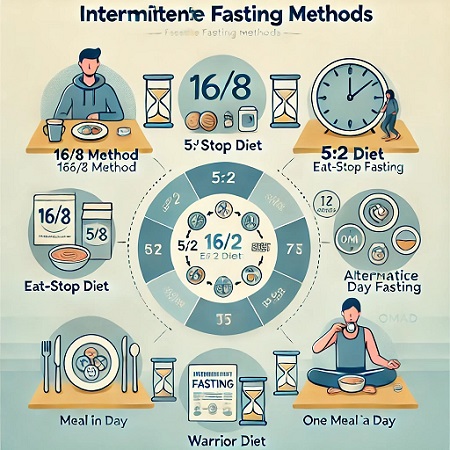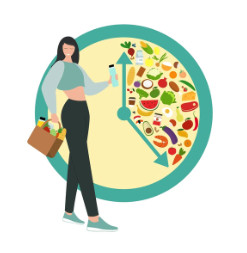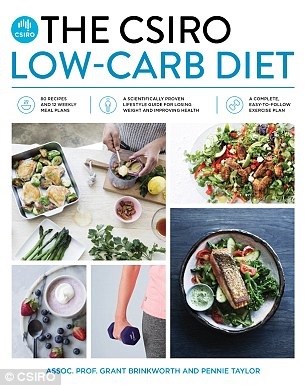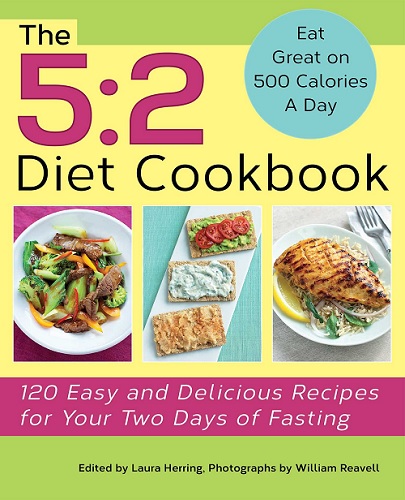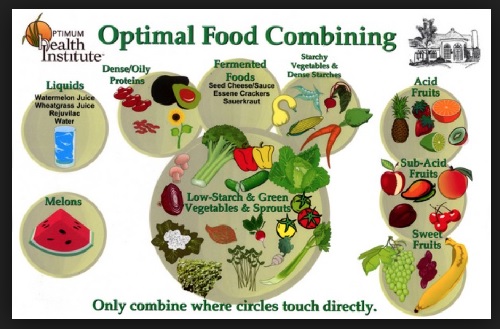Time-Restricted and Special Patterns Diets
-
Intermittent Fasting (OMAD) Diet
Simply put, this type of diet advises to eat only within dedicated small time window each day, fasting the rest of the day. Most popular intermittent fasting time formats are 22:2, 20:4, 18:6 and 16:8. No food, no sugary drinks, snacks or anything with calories is allowed during the fasting window. Combined with low-carb diet intermittent fasting often times is used for weight loss and to control Type 2 Diabetis.
-
CSIRO Flexi Diet
CSIRO (Commonwealth Scientific and Industrial Research Organisation) Flexi Diet is a kind of alternate day fasting. Each control diet day is followed by a regular meal day from Monday to Saturday with one ‘Flexi’ food day on Sunday.
-
5:2 Diet
This time-restricted diet, created by medical journalist Dr Michael Mosley, splits each week into 5 ‘regular feeding days’ (no food restrictions) and 2 ‘fasting days’ with max 500 calories for women or 600 for men.
-
Hay Diet
Developed by American surgeon William Howard Hay in the 1920s to treat obesity and other health issues. This diet is a nutrition plan that separates food into three groups: alkaline, acidic, and neutral, and is intended to help the body digest food more easily.


